Loving Pulses for All the Right Reasons!
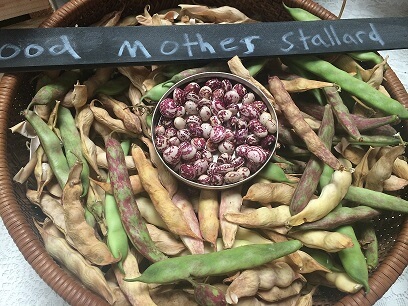
As you know, I’m crazy about pulses—dried beans, lentils, and peas—and recommend that you include a serving of these wholesome plant foods every single day. Why? Because they are one of nature’s most perfect foods—packed with protein, fiber, vitamins, minerals, and phytochemicals. In fact, just about every culture around the world has a pulse in its traditional diet history. Whether it’s lentils in India, black beans in South America, or mung beans in China, these small treasures have the ability to sustain life.
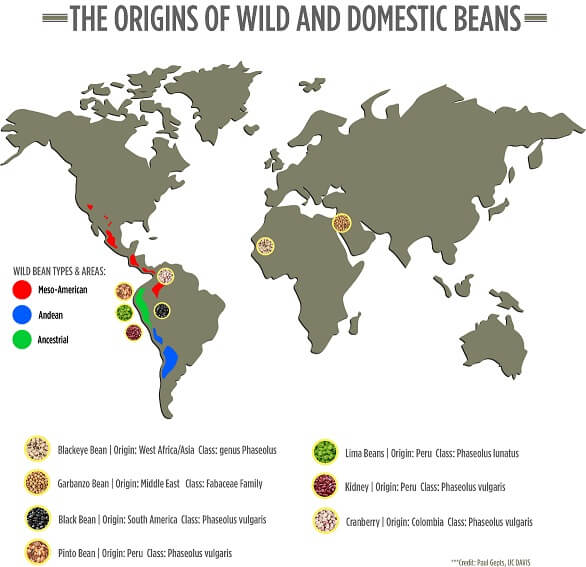
It’s exciting to see that pulses took center stage this year, largely due to the United Nations’ (UN) declaration that 2016 is the International Year of Pulses. I am seeing pulses in everything from chips and dips to pasta and smoothies. Though pulses’ popularity is growing, they’ve been around from as early as 800 BC; the term is derived from the Latin word, “puls,” which means “thick soup.”

Nutrition Benefits
Pulses are nutrition powerhouses, providing a rich source of fiber, phytochemicals, and many vitamins and minerals, such as potassium, iron, magnesium, folate, zinc, and B vitamins, which may play a role in the prevention and treatment of some chronic diseases, such as heart disease and diabetes. A meta-analysis of 41 trials, published in Diabetologia, found that an average intake of one cup of cooked pulses per day significantly decreased fasting blood glucose and insulin levels. In addition, pulses serve as a gluten-free, vegetarian source of protein, helping you replace animal protein on the plate.
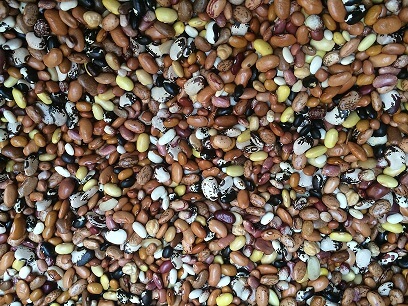
Economical and Environmental Benefits
Pulse crops are also sustainable protein options on the plate. First of all they are economical, costing about 10 cents per serving—significantly less than quinoa and animal protein. Pulses also have a low carbon footprint because they require very little nitrogen fertilizer, actually enriching the soil and allowing farmers to use less nitrogen fertilizer on future crops. In addition, pulses require significantly less fossil fuels and water (one-tenth the amount) for cultivation compared to other proteins.
Pulses in the Kitchen
There is much more to pulses than simply beans and rice (though I certainly love this meal!). In fact, I spent a few days at the Culinary Institute of American in Napa Valley learning all about cooing with pulses. You can make small substitutions in your diet to incorporate pulses. Pea protein powder makes a great plant-based ingredient in smoothies or protein shakes. Roasted chickpeas (check out my recipe in Plant-Powered for Life) are a great snack, and chickpea flour can be incorporated into baked goods by substituting it for half of the wheat flour (check out my recipe below). Lentils can be added to salads or included in burgers or patties. And you can use in brownies, and even as a base in dips. Get cooking with pulses with my Pulse Cooking Basics guide.
And check out some of my favorite recipes starring pulses.

Mofongo with Vegetable Caribbean Stew
This recipe, straight from the Caribbean, features beans.
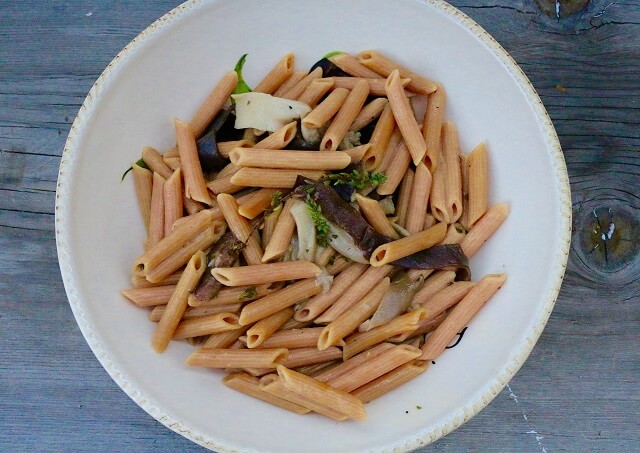
I love that you can find pasta made from pulses, such as this lentil pasta.
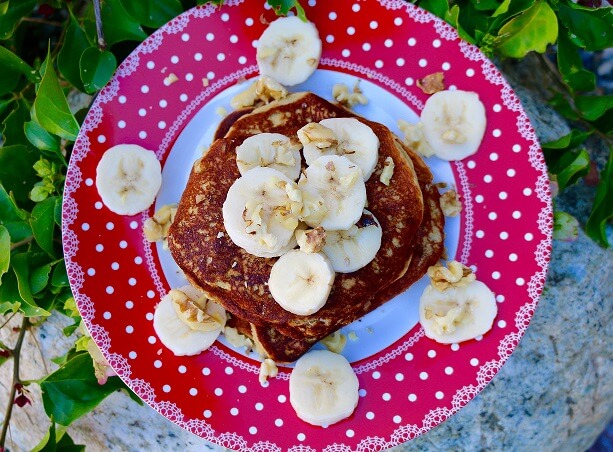
Banana Nut Pancakes (Vegan, Gluten-Free)
You won’t believe that these fluffy, tender pancakes are both gluten-free—and vegan. And you really won’t guess what their magic ingredient is: chickpeas!
Images: Sharon Palmer, RDN
Pulse Cooking Guide
| Common Pulses | Description | Star Nutrients*
(based on ½ cup cooked) |
Cooking Instructions |
| Black Bean | Used in Latin American, Caribbean and Southwest cuisine, these small, oval, black-colored beans are soft in texture and earthy in flavor. | Fiber (30%DV) Folate (32% DV) Iron (10% DV) Magnesium (15% DV) Phosphorus (12% DV) Protein (15% DV) Thiamin (14% DV) |
Cover with water and soak for eight hours. Drain and rinse, combine 2 c of water per cup of beans, bring water to a boil and simmer for one hour to yield 2 ½ c cooked. |
| Black Eyed Peas | Also called cowpeas, they have a creamy texture with white flesh and a small black eye. | Copper (12%DV) Fiber (16% DV) Folate (31% DV) Iron (15% DV) Manganese (20% DV) Phosphorus (12% DV) Protein (14% DV) Zinc (12% DV) |
Cover with water and soak for eight hours. Drain and rinse, combine 2 c of water per cup of beans; bring water to a boil and simmer for one hour to yield 2 ½ c cooked. |
| Garbanzo Bean (Chickpea) | The main ingredient in hummus, this golden-colored pulse has a nutty taste and creamy texture. | Fiber (25% DV) Copper (15% DV) Folate (36% DV) Iron (19% DV) Magnesium (10% DV) Manganese (42% DV) Phosphorus (14% DV) Protein (15%DV) |
Cover with water and soak for eight hours. Drain and rinse, combine 2 c water per cup of beans, bring to a boil and simmer for 1 ½-2 hours to yield 2 ½ c cooked. |
| Lentils
|
Small seeds that grow inside of pods; comes in many colors, such as red, green and black. | Copper (13% DV) Fiber (32% DV) Folate (35%DV) Iron (19% DV) Manganese (25% DV) Phosphorus (18% DV) Potassium (11% DV) Protein (13%DV) Thiamin (11% DV) |
Rinse with water before cooking, do not soak. Combine 2 ½ c water per cup, bring to a boil and simmer for 15-20 minutes to yield 2 1/2 c cooked. |
| Red Bean | Varieties include dark red kidney, light red kidney, small red and pink beans.
|
Copper (13% DV) Fiber (33% DV) Folate (17% DV) Iron (15% DV) Magnesium (11% DV) Manganese (14% DV) Phosphorus (12%DV) Potassium (11% DV) Protein (16%DV) |
Cover with water and soak for eight hours. Drain and rinse, combine 2 c water per cup of beans, bring to a boil and simmer for 1-2 hours to yield 2 ½ c cooked. |
| Split Peas | A dried pea that has been split for cooking purposes. | Fiber (33%DV) Folate (16%DV) Manganese (20% DV) Potassium (10% DV) Protein (17%DV) Thiamin (13%DV) |
Rinse with water before cooking, do not soak. Combine 2 c water per cup of peas, bring to a boil and simmer for 20-30 minutes to yield 2 1/2 c cooked. |
Note: DV=Daily Value, based on 2,000 calories per day; c=cup, nutritional information from USDA. *Star Nutrients include those that contain at least 10% DV. Adapted from PulsePledge.com



Can you address pulses and stomach distress?
What an excellent question! Would you like to be part of my monthly contest? If so, send your mailing address to admin@sharonpalmer.com for a prize. I will answer this question on the blog soon!
Sharon